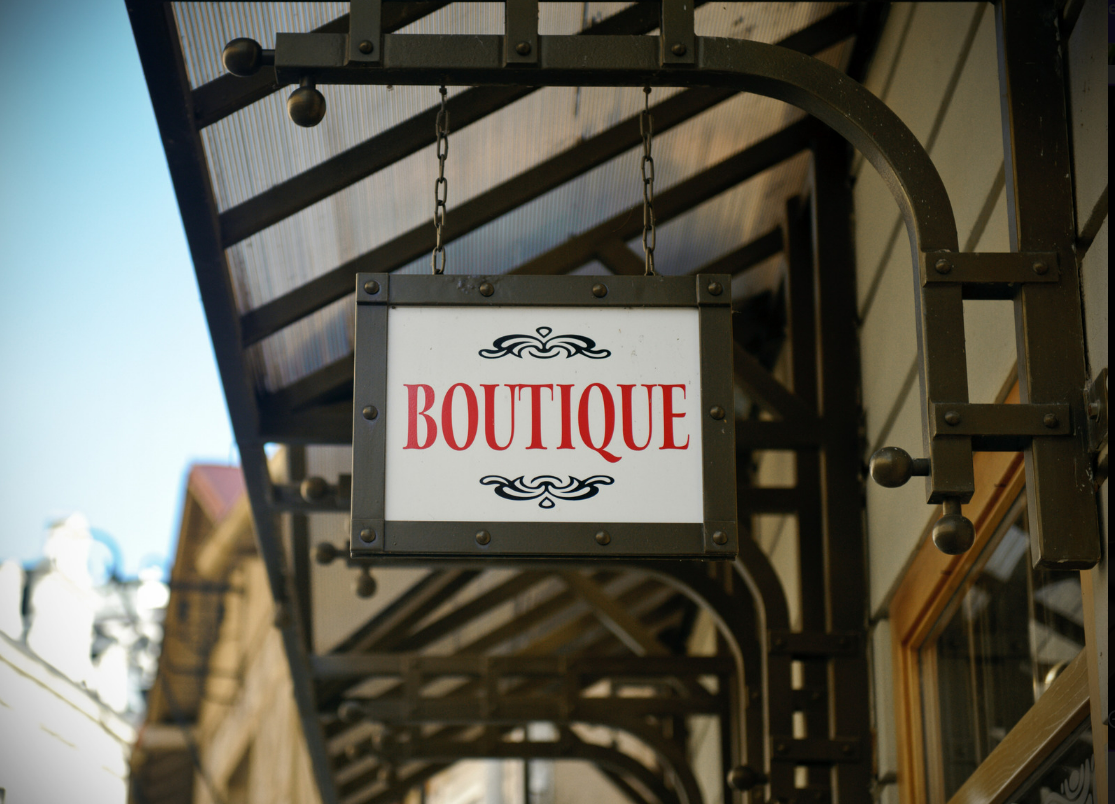For small business owners who create handmade products, getting your items onto the shelves of local stores is an excellent way to grow your brand and expand your reach. While it may seem intimidating at first, stocking your products in local retail shops is very achievable with the right approach.
This guide provides valuable tips on how to identify the best potential local retail shops to partner with, approach them, and build strong partnerships that help your business thrive.
How to Get Your Handmade Products Stocked In Local Retail Shops
1. Research Local Retail Shops
Start by creating a list of potential local retail shops that align with your brand’s style, values, and target market. This research phase is crucial to finding the right partners and avoiding a “one-size-fits-all” approach.
- Explore your local area: Visit small boutiques, gift shops, and specialty stores in your community. Observe the types of products they already carry. If you notice products similar to yours or if the store has a curated handmade section, they may be open to new handmade additions.
- Use online tools: Platforms like Google Maps, Yelp, and Instagram can help you find stores that may fit your product line. Instagram is particularly useful as you can see the types of products these stores post, making it easier to gauge if they’re likely to stock handmade items.
- Attend local markets and fairs: Many shop owners or managers attend local craft fairs and maker markets to scout new products and artists. Attending these events can give you a feel for what shop owners are interested in, and it’s a great place to make a connection!

2. Choose the Right Stockists for Your Brand
Not all local retail shops will be the perfect fit for your products, so it’s essential to choose stockists that align with your brand’s values and aesthetics.
- Evaluate their customer base: Think about whether their typical clientele would be interested in your products. For example, if you make eco-friendly candles, a shop that promotes sustainable products would be a better fit than one focusing on luxury, high-end items.
- Consider store values and ethics: If you’re creating eco-conscious or handmade products, look for stores with similar values. Many stores are passionate about supporting local or eco-friendly businesses, which can create a natural alignment.
- Gauge competition within the store: While it’s okay if a shop carries similar items, you don’t want your products to get lost among dozens of similar offerings. You’d want o look for local retail shops with complementary, rather than identical, product lines to avoid saturating their shelves with too many choices.
3. Approach Potential Stockists the Right Way
Once you’ve identified local retail shops that seem like a good fit, the next step is to approach them professionally and persuasively.
- Do your homework: Before reaching out, familiarize yourself with the shop’s selection and ethos. Personalizing your approach based on this knowledge shows that you value their time and truly understand their store.
- Start with an email or direct message: Many store owners prefer to receive inquiries through email or social media instead of being approached in person without notice. In your message, introduce yourself, share a brief description of your product, and express why you believe your items would be a good fit for their store.
- Prepare a professional product catalog or line sheet: Include clear, high-quality images, prices, product descriptions, and any minimum order requirements. This will give potential stockists all the information they need in one place.
- Offer samples: If your products lend themselves to being sampled (like candles, skincare items, or food products), consider sending a sample. It’s a personal way to let the retailer experience your products firsthand and shows confidence in your product quality.
4. Strengthen Your New Partnerships
Once you’ve secured placement in a store, the relationship doesn’t end there. Building a solid, lasting partnership is essential to ensure your products have a steady presence on their shelves.
- Maintain clear communication: Regularly check in with store owners to see how your products are selling, ask for feedback, and offer any necessary support. Good communication shows your commitment to the partnership and your willingness to adapt if needed.
- Help promote the store: Use your brand’s social media and website to let your customers know where they can find your products locally. This not only drives traffic to the store but also strengthens your partnership as you actively support them.
- Be mindful of inventory: Check in with the store periodically to see if they need restocks, especially during peak seasons like holidays. Be proactive about offering new products or seasonal items that might interest their customers.
- Stay flexible: Be open to adjusting your pricing or order quantities based on the store’s needs. Flexibility can be a huge asset, especially when working with small businesses, which may have tighter budgets or varying stock demands.

More Tips for Success
- Ask for feedback and act on it: Retailers know their customers well, so be open to feedback on which products are doing well or any improvements you could make.
- Continue growing your network: The more retailers you connect with, the more insights and connections you’ll gain. Word of mouth among local business owners can also help bring new opportunities.
- Keep product displays fresh: Offer to help local retail shops set up your display so it best represents your brand. Eye-catching setups make a difference in driving sales and making your products stand out.
Be Persistent!
Getting your handmade products stocked by local retail shops is a rewarding way to grow your business and reach new customers. By researching potential partners, making a professional approach, and maintaining strong partnerships, you’ll build a foundation that can help your business thrive.
Remember, persistence and professionalism are key, and with each new store, you’ll refine your approach and grow your brand’s local presence.
